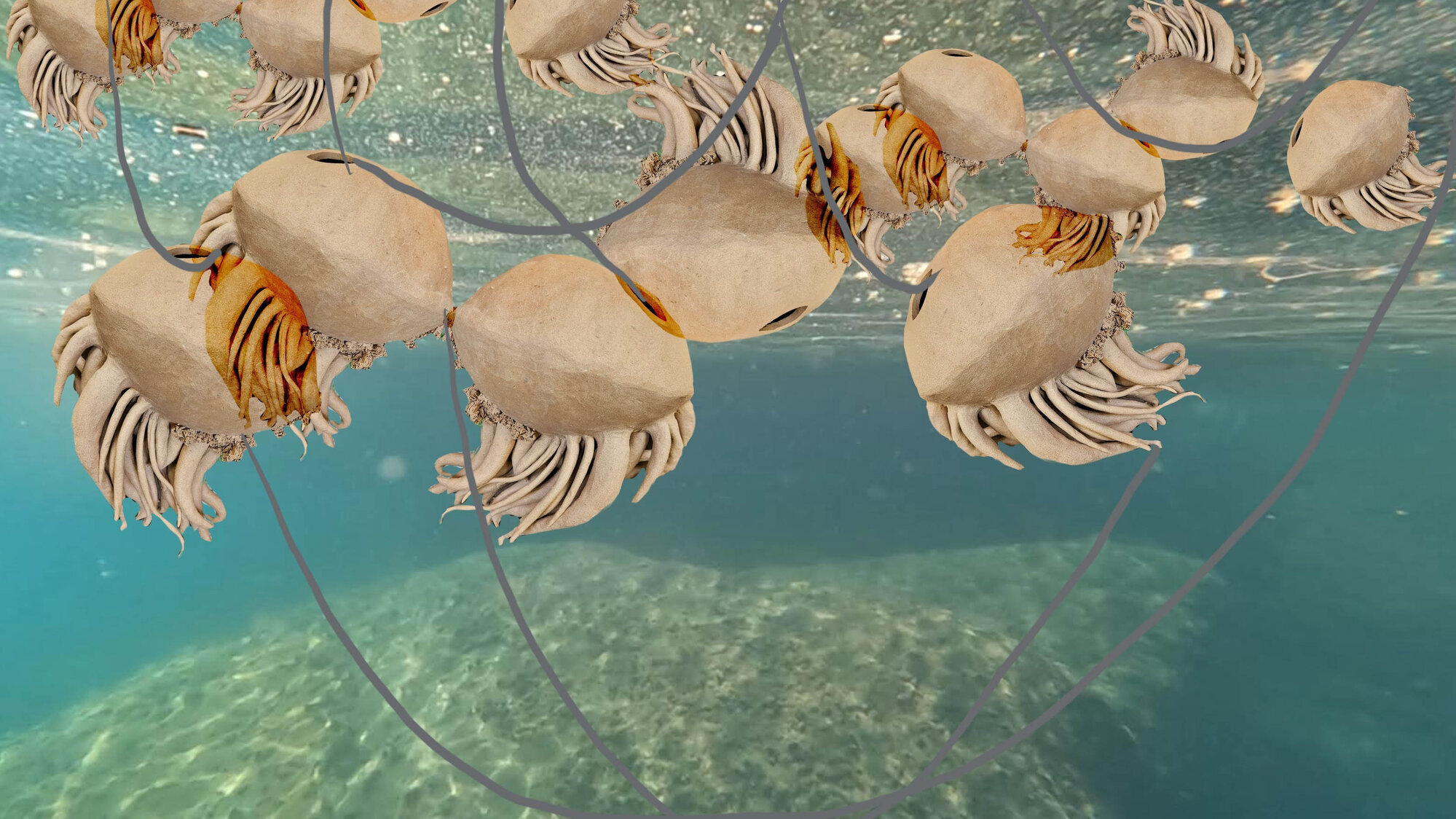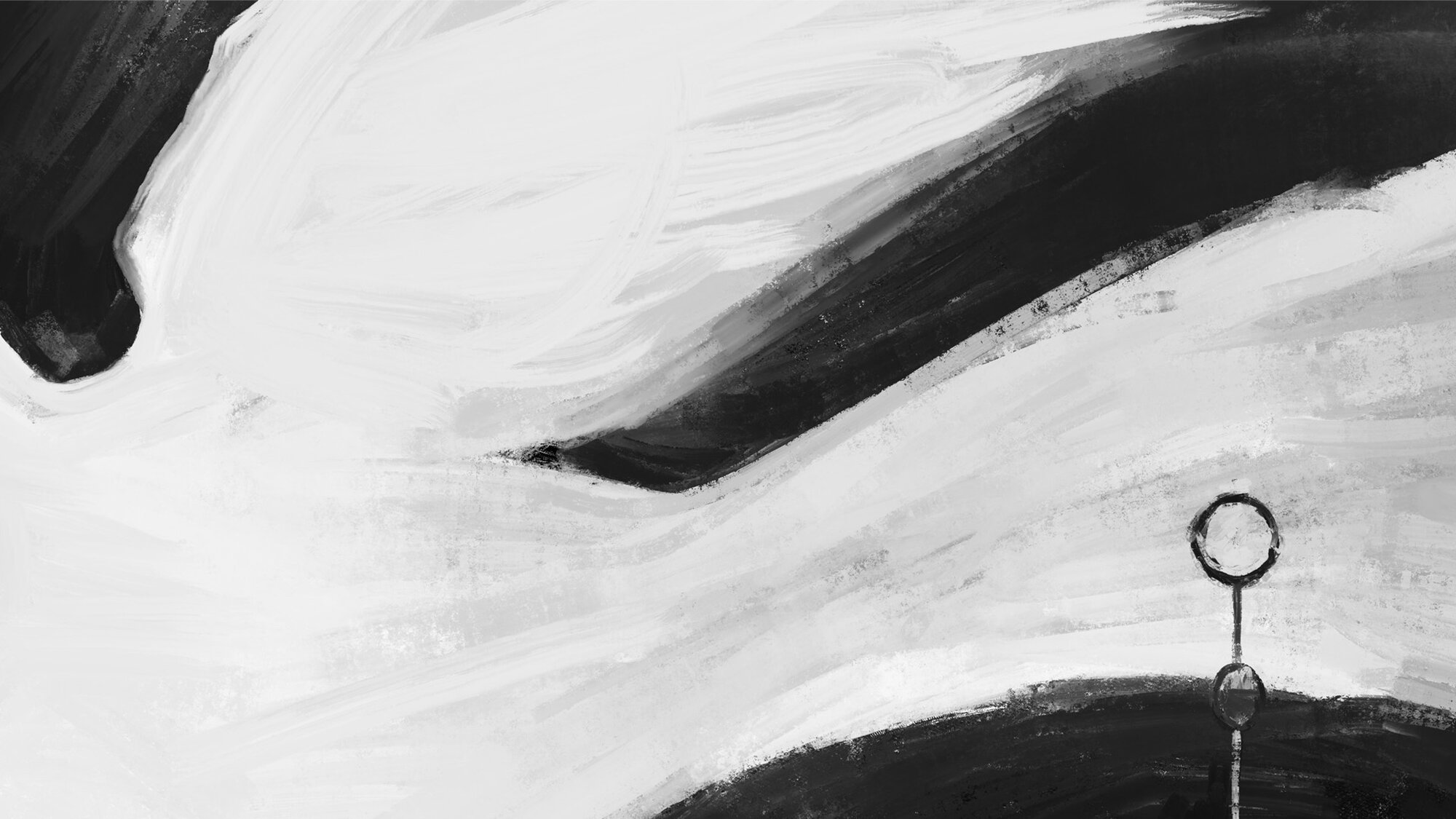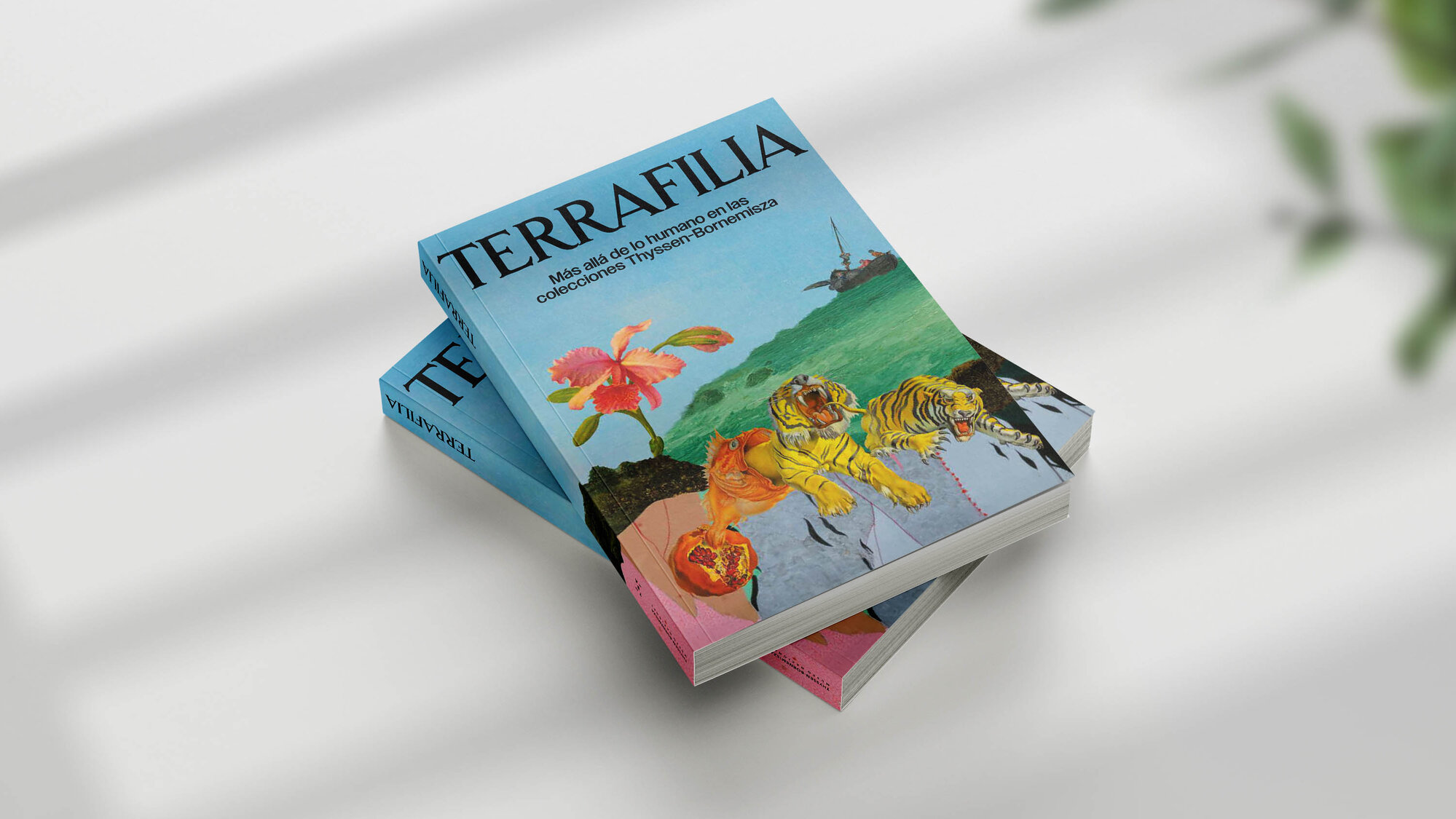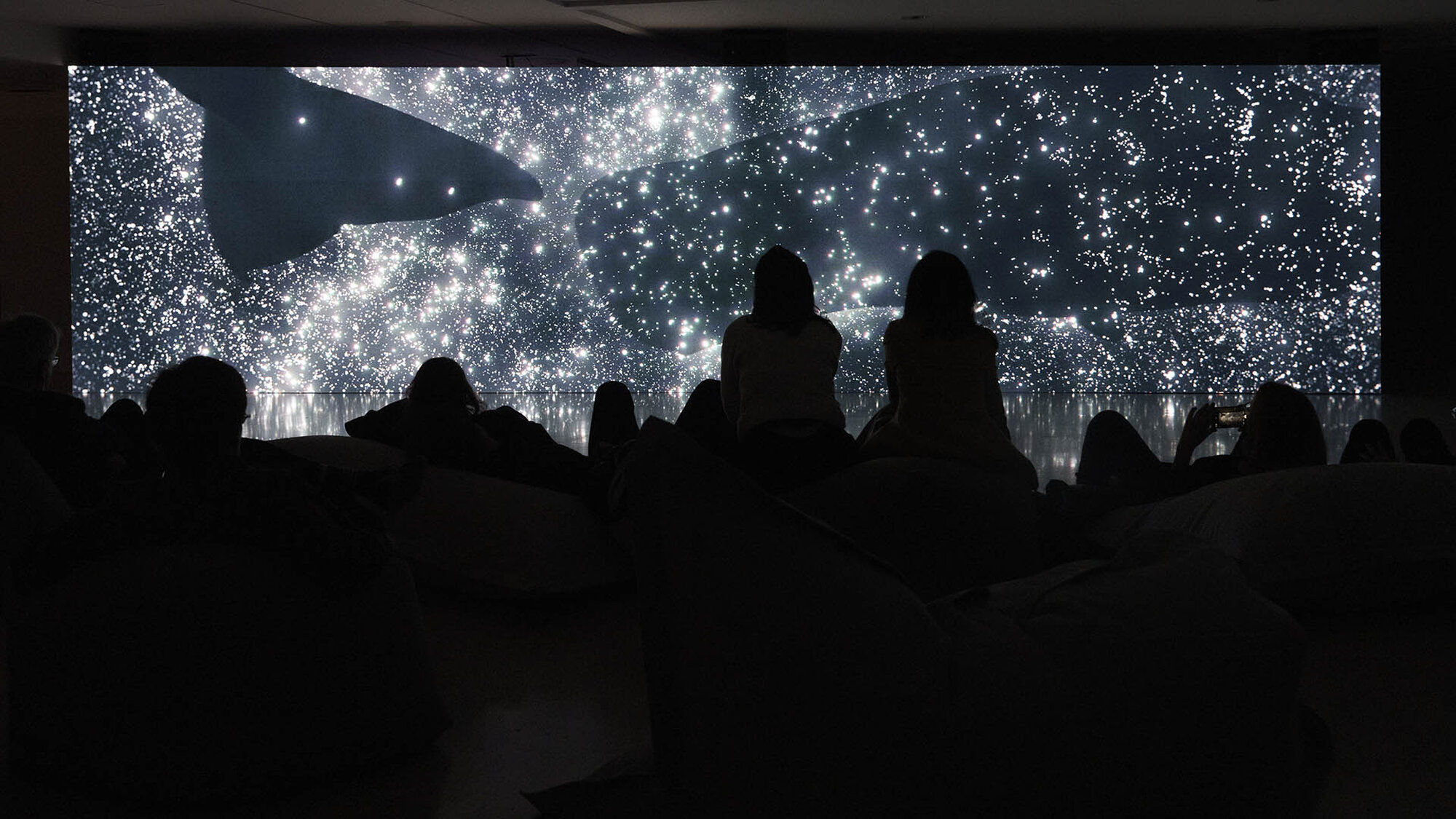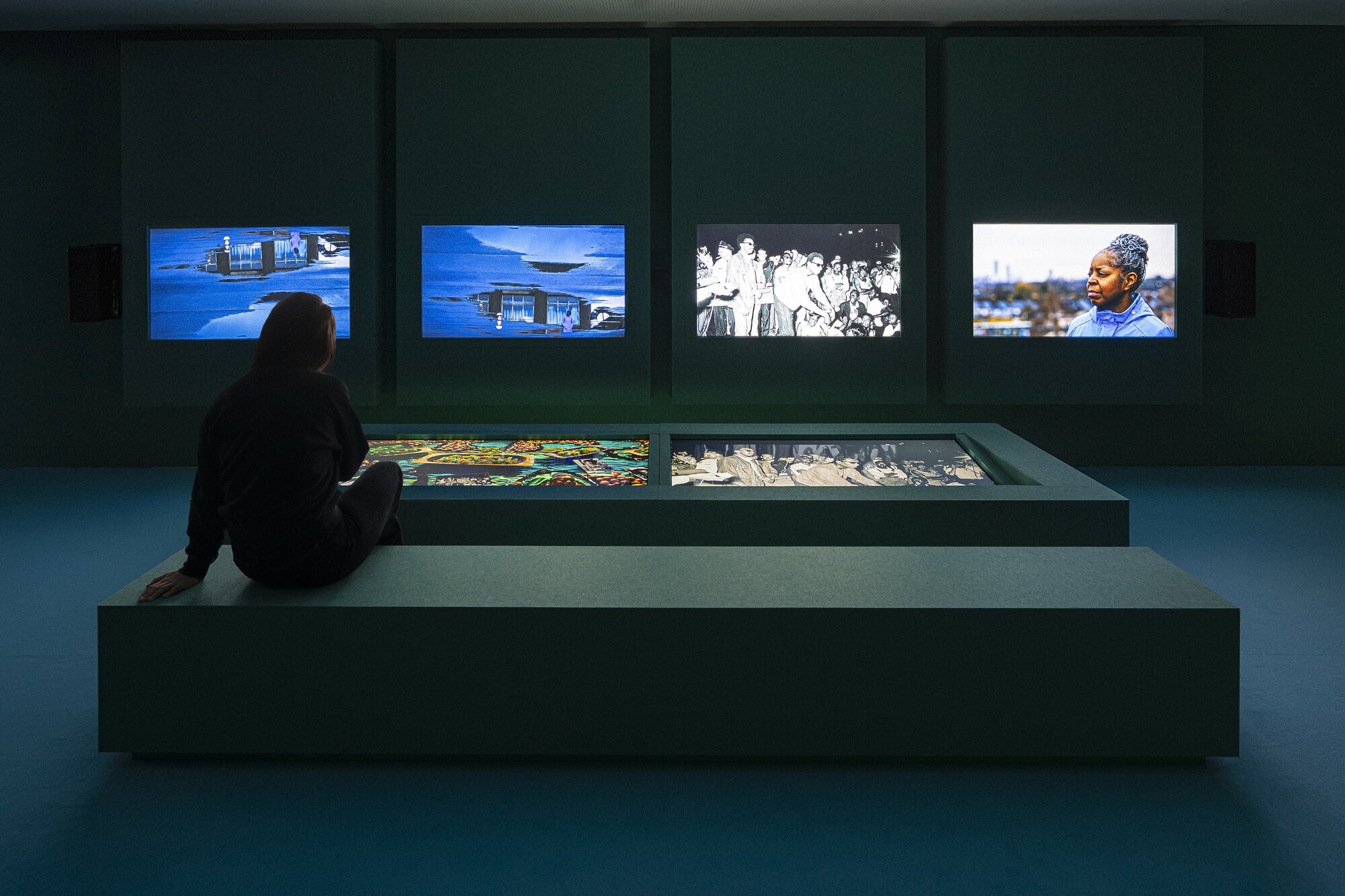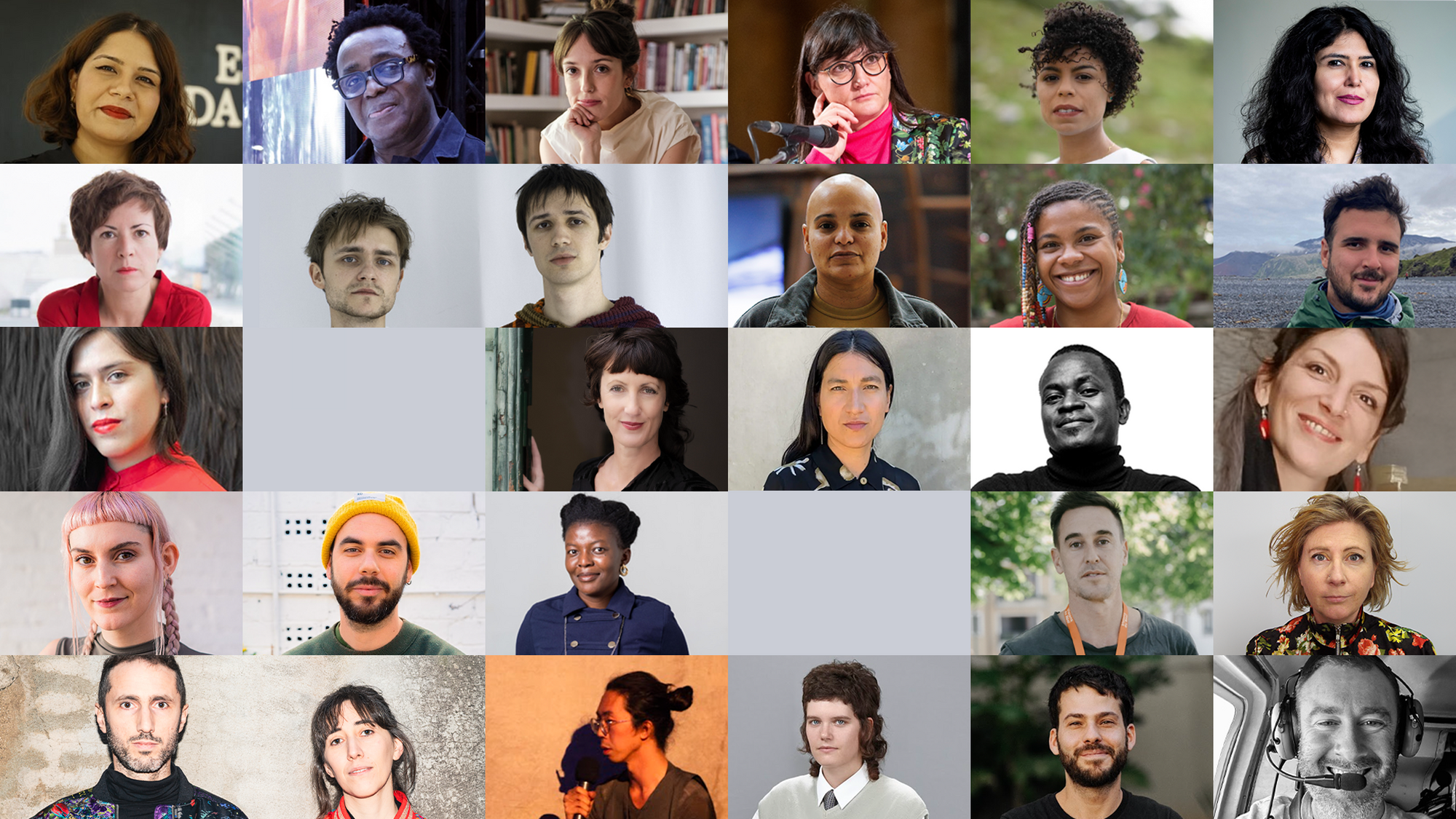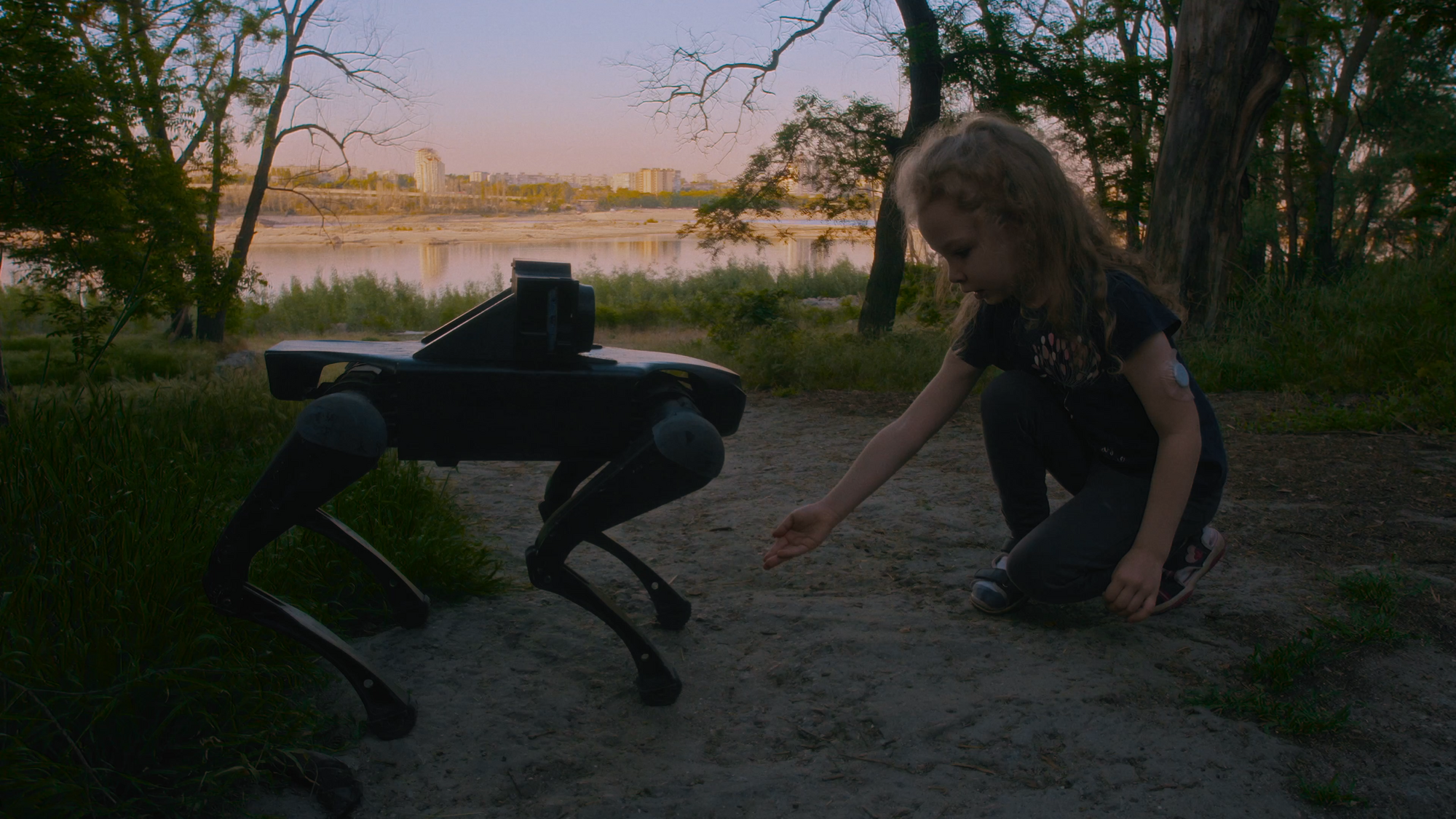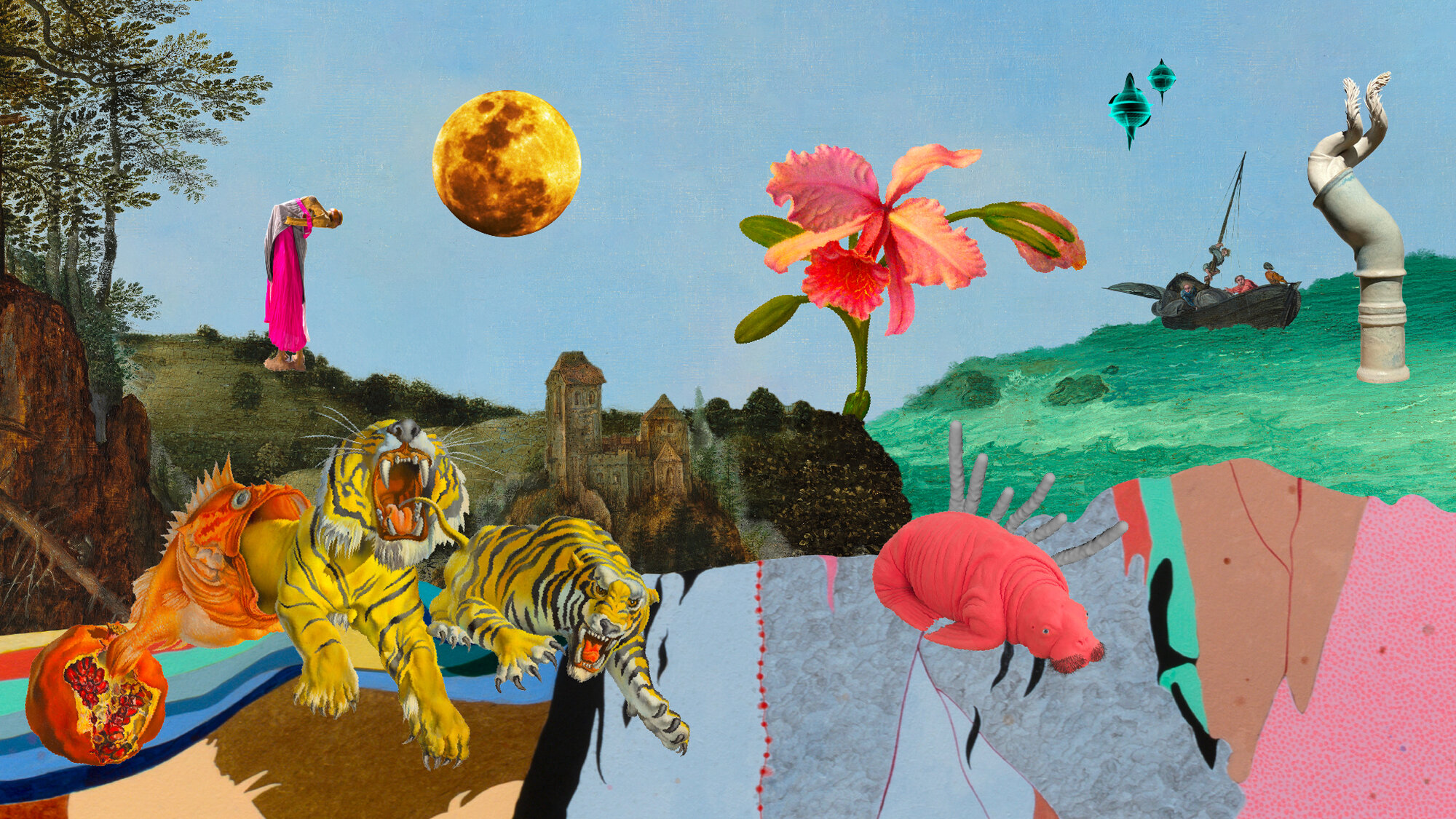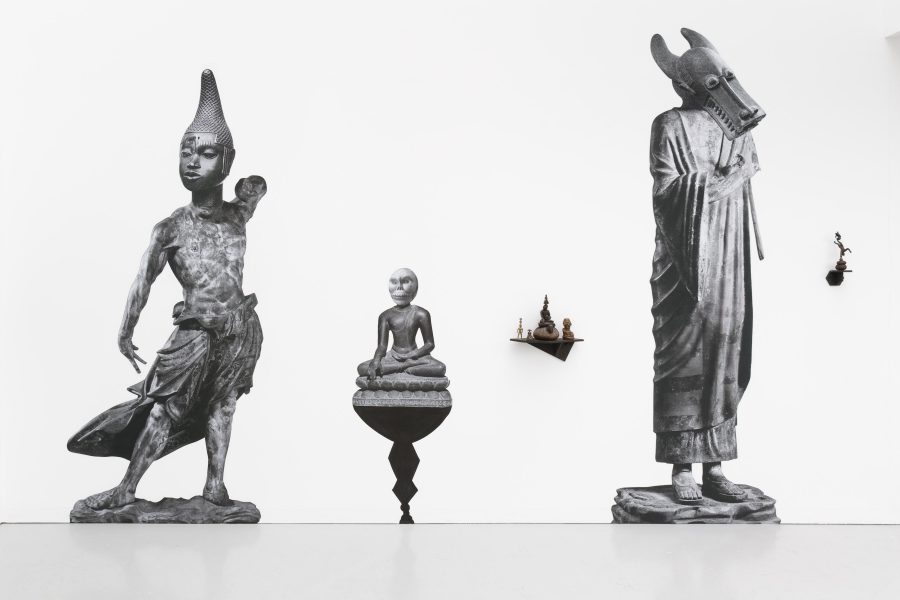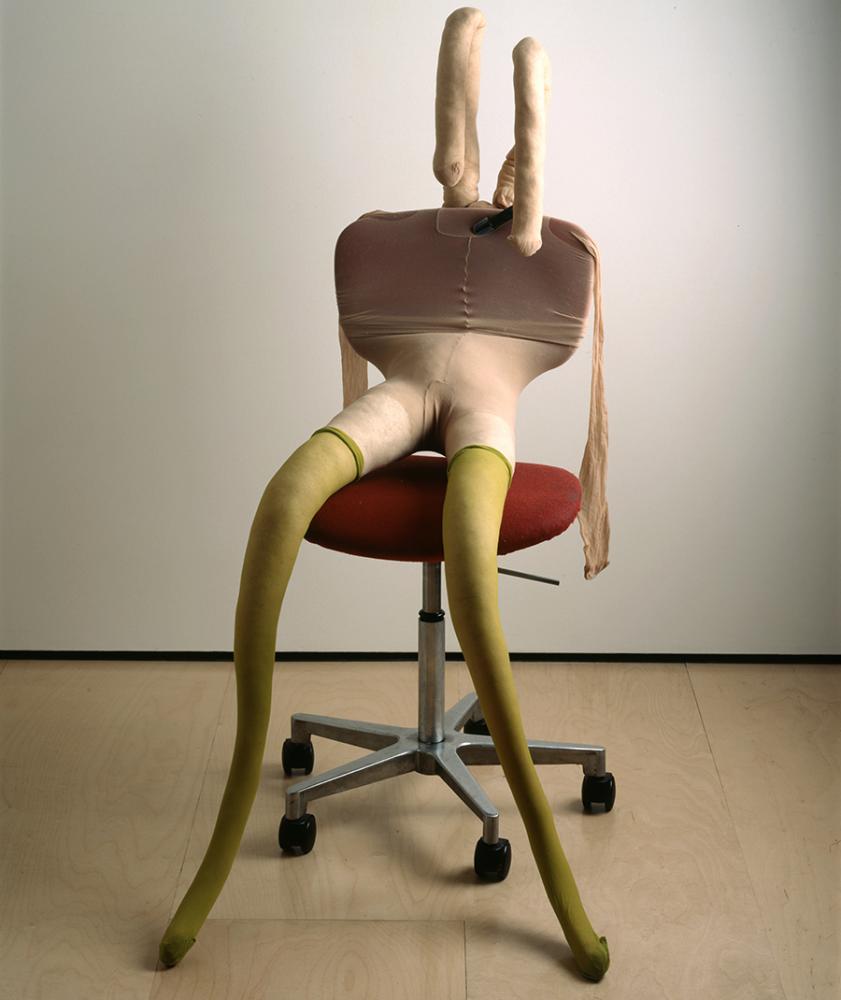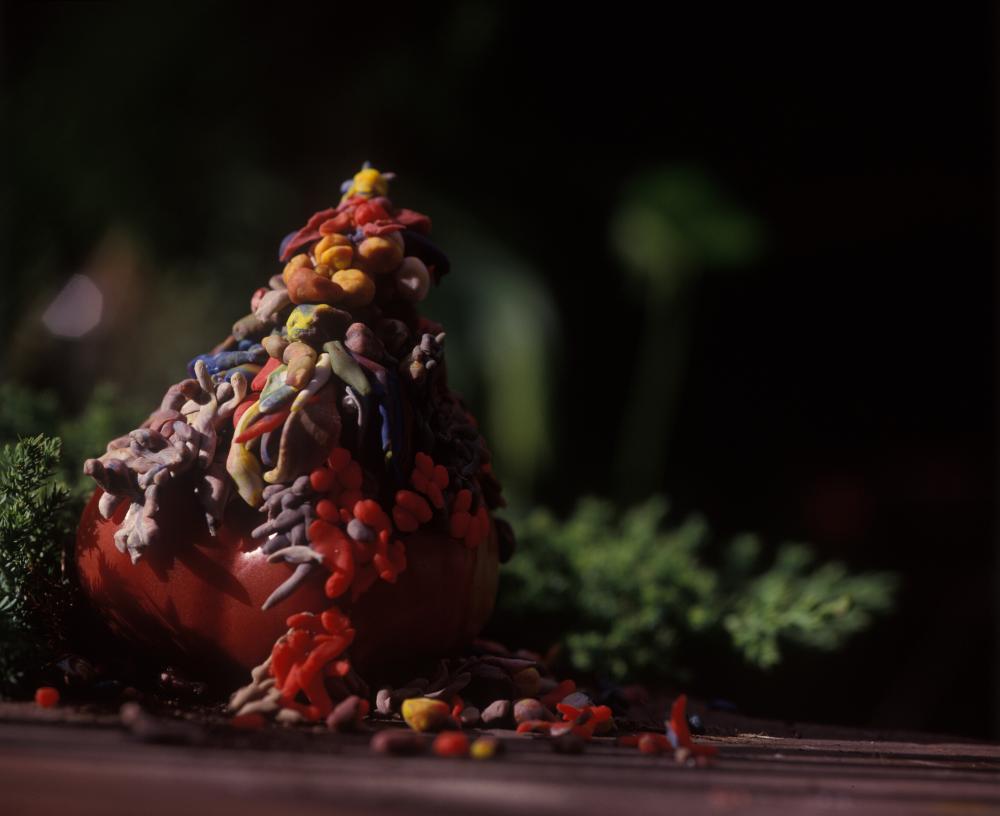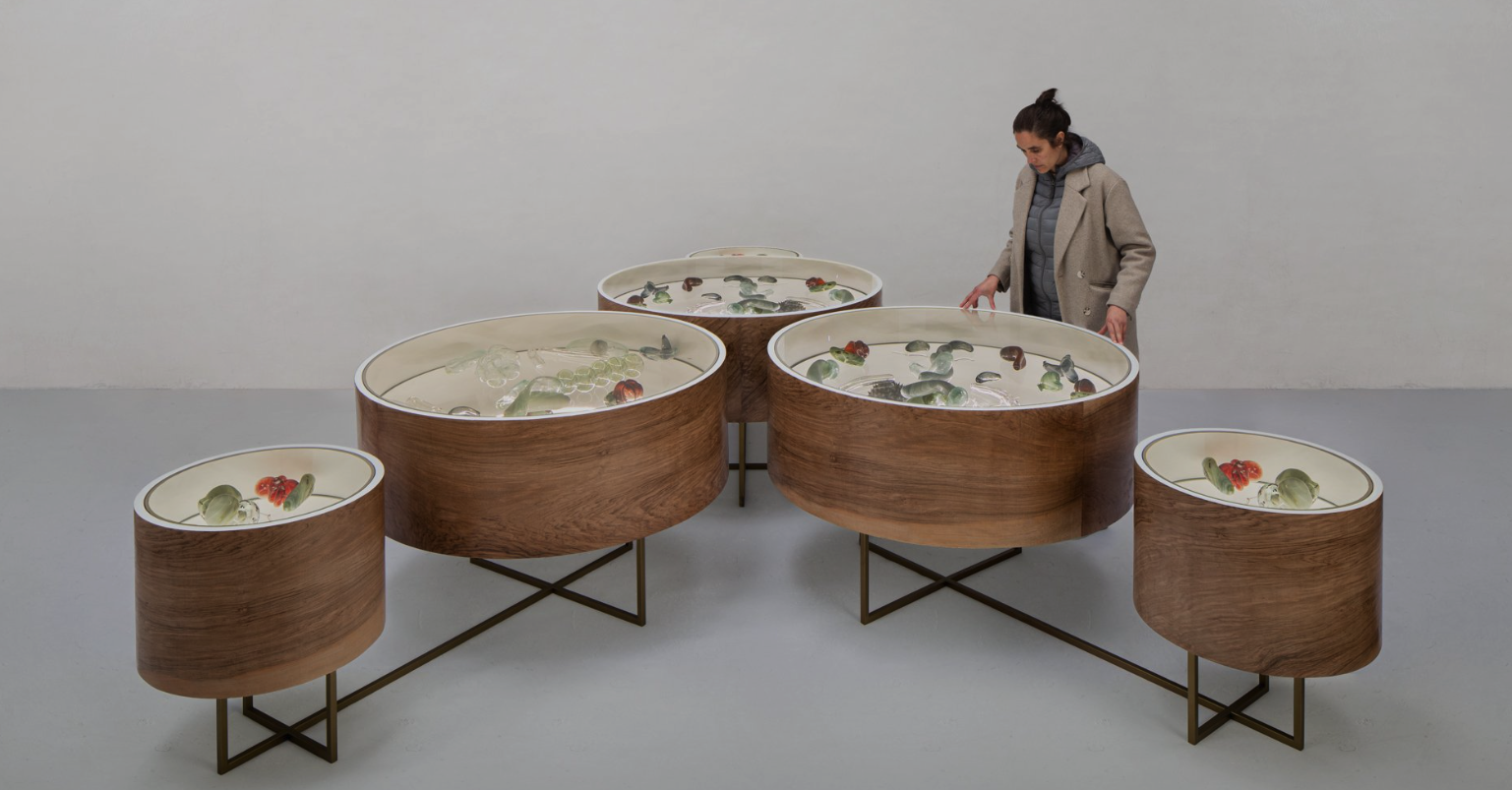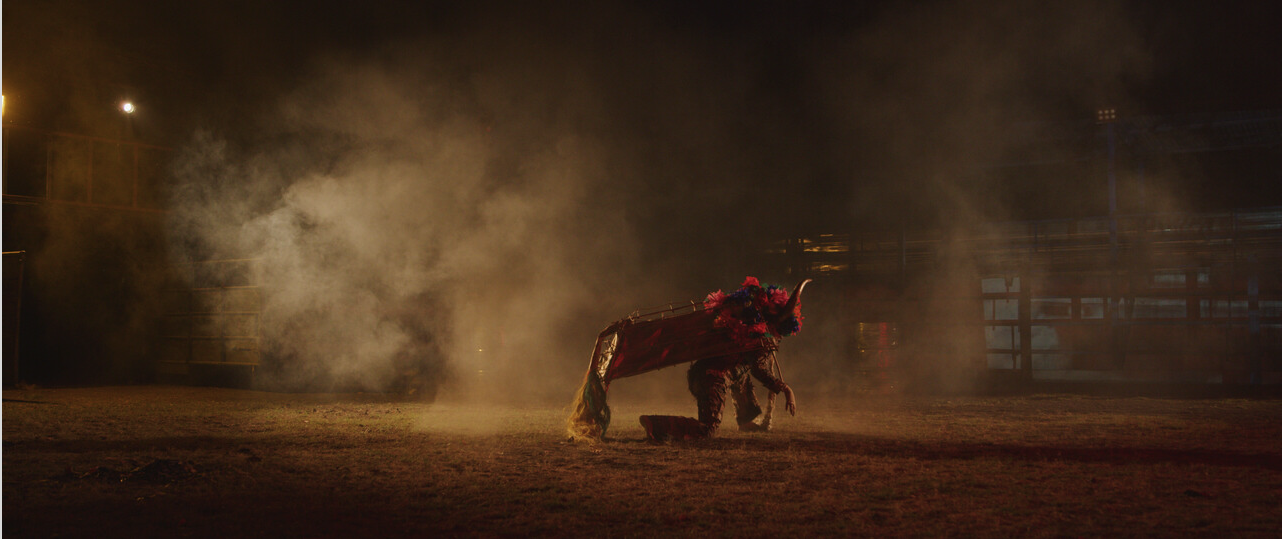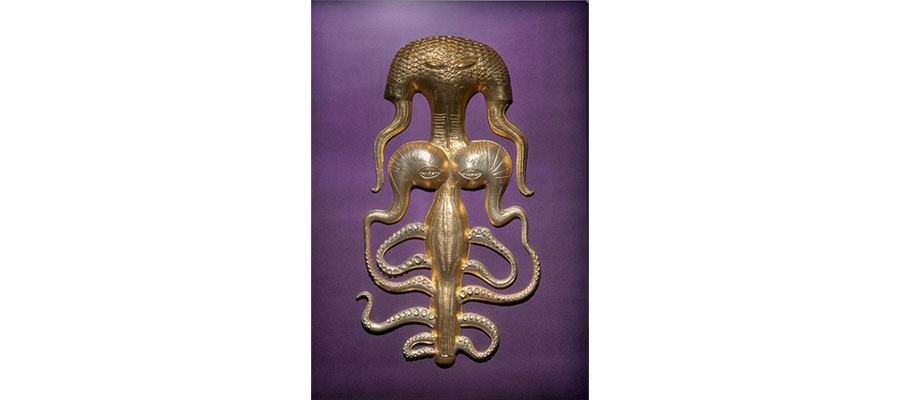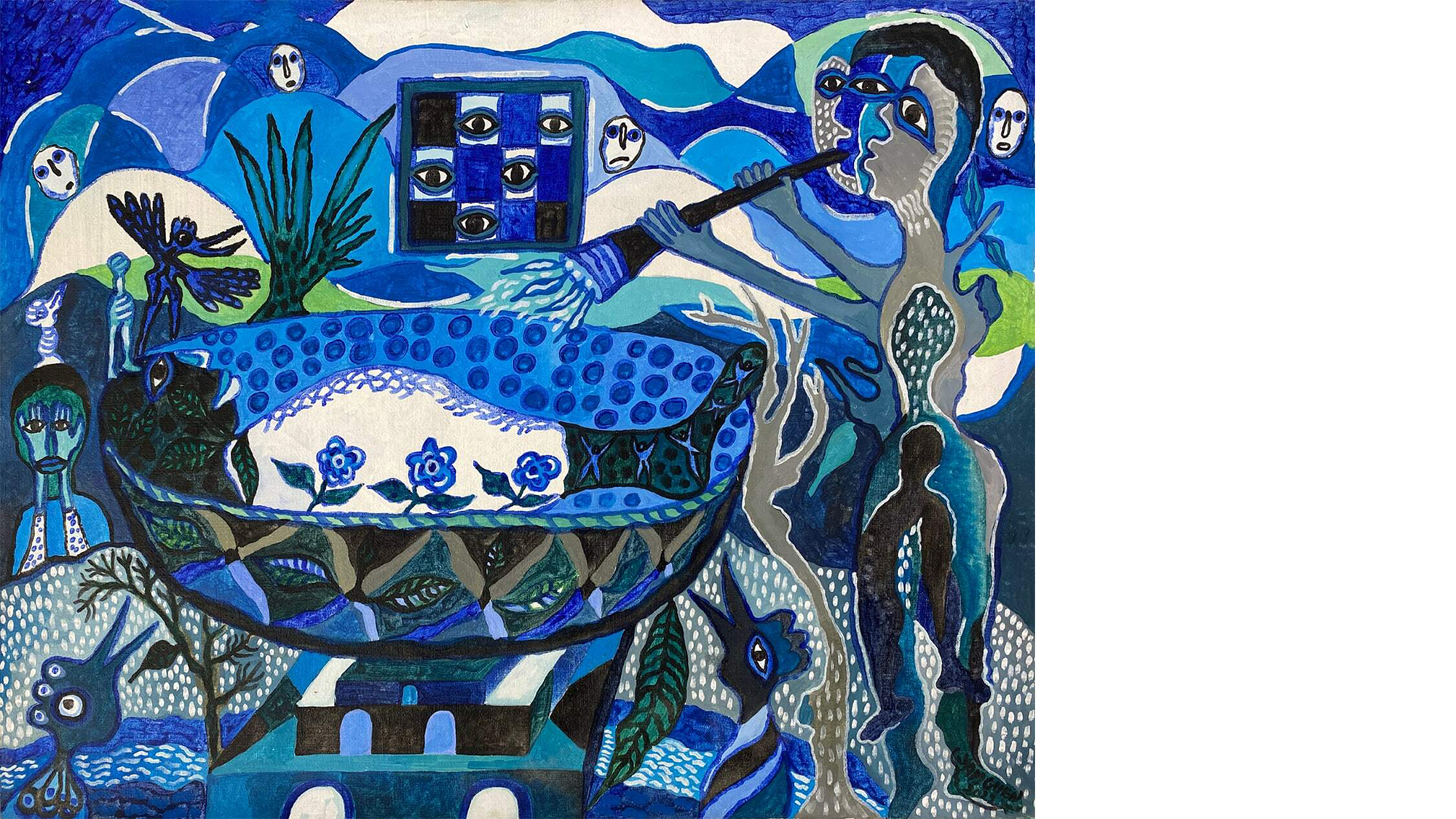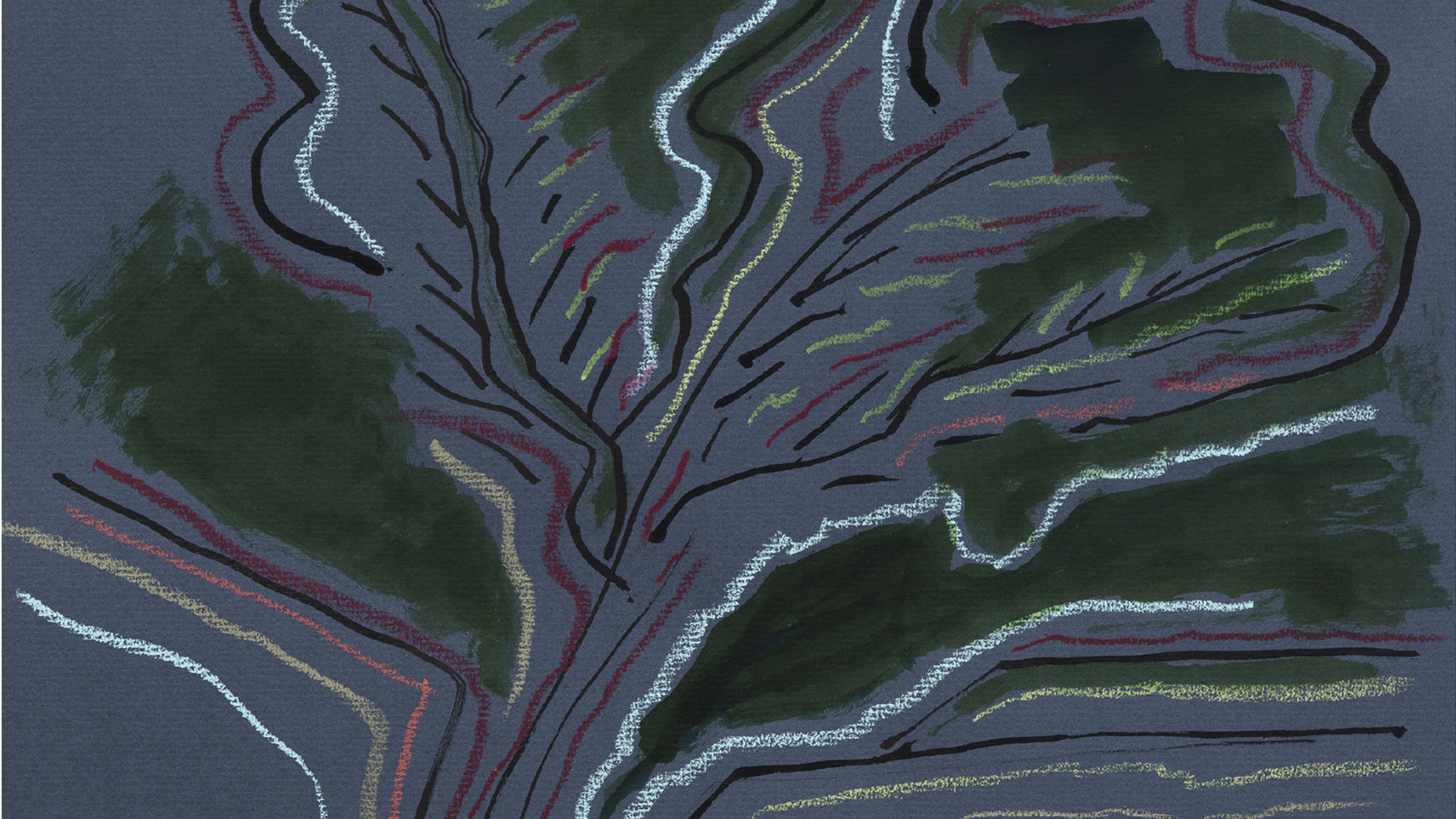What does it mean to love the Earth? Terraphilia—a term combining Terra (Earth) with philia (love and friendship)—expresses a deep-rooted connection of affect, care, and responsibility toward the Earth and its multitudes of inhabitants. To love the Earth is to pledge allegiance to animals, plants, geological formations, and supernatural creatures, as well as to rethink humanity’s place within the complex, interwoven web of life. In the face of the mounting pressures of planetary heating, biodiversity loss, and increasing inequalities, the exhibition turns to art to envision and orient us toward transformative ways of being in the world—mobilizing interspecies kinship, new kinds of collectivities, and planetary care.
Organized by the Museo Nacional Thyssen-Bornemisza in collaboration with TBA21–Thyssen-Bornemisza Art Contemporary, Terraphilia draws together around a hundred works spanning five centuries from the Thyssen-Bornemisza collections. These works present an evocative spectrum of artistic and intellectual explorations, revealing the depth and reach of more-than-human stories and multispecies imaginaries. Resisting the entrenched dualism of modern cosmology, rooted in the separation between the social and the natural, the exhibition invites viewers—through the lens of artists across generations and diverse traditions—to encounter the world as a pluriverse: a world of many worlds. Terraphilia also signals a decisive departure from anthropocentric and Western-centric perspectives, embracing an emerging planetary politics. In doing so, it aligns with recent philosophical, anthropological, ethical, and legal turns that advocate for the recognition of non-human life and geological and biological entities as participants in a planetary multitude.
Structured across six interlinked “scenarios,” the exhibition traverses themes such as cosmograms, animate worlds, the art of dreams, objectivity, land relations, mythical time, and oceanic cosmogonies. These thematic currents guide visitors through different ways of engaging with the Earth—via myth, science, dreams, stories, spirituality, and ecology—while critically interrogating the histories of colonial expansion, resource extraction, and ecological violence that have shaped the current planetary crisis. A translucent architectural environment designed by Marina Otero Verzier with Andrea Muniáin Perales wraps the entire exhibition space and hosts dialogical encounters between historical and contemporary works from the Thyssen-Bornemisza Collections.
Historical landscape paintings by Roelandt Savery, Joaquim Patinir, and Brueghel the Elder illustrate early efforts to map and order the natural world, reflecting the burgeoning humanist learning in cosmology, cartography, geography, and exploration. Often idealized and imbued with religious and moral zeal, these landscapes encapsulate a worldview that positioned humanity atop an ontologically stable “great chain of being.” The exhibition also charts the emergence of new conceptions of objectivity and subjectivity, consolidated in tandem with the colonial capture of land.
With the proposition to “let nature speak for itself”—the watchword of a scientific objectivity that emerged in the nineteenth century—artists such as Albert Bierstadt and Thomas Cole sought to depict a seemingly untouched and pristine wilderness, reinforcing the myth of “manifest destiny” while obscuring the violent processes of territorial expansion and dispossession. In contrast, contemporary artists featured in the exhibition, including Dineo Seshee Bopape, Rashid Johnson, and Daniel Otero Torres, engage with themes of land relations, memory, and resistance, drawing attention to the enduring effects of extractivism and the resilience of Indigenous and marginalized communities in reclaiming their connection to the Earth.
The themes of vegetality, entanglement, and symbiosis—emblems of postanthropocentric aesthetics and politics—run throughout the exhibition. Works by artists such as Arthur Boyd, Daniel Steegmann Mangrané, and Regina de Miguel emphasize the agency of animal, microbial, and plant life and the interconnectedness of all beings. They explore how more-than-human intelligence and processes of germination overflow Western notions of subjectivity and autonomy, offering instead models of interdependence and mutual flourishing. In the paintings by Yves Tanguy, Wassily Kandinsky, Rubem Valentim or Natalia Goncharova–representative of the radical counter-movements of the 20th century–the non-objective, microscopic, animated or biomorphic nature of matter gives rise to new visual realities, invisible or inaccessible to the rational mind. Confronted with the catastrophes of the great wars, artists turned to heightened states of perception to capture life's fluidity and errancy, demonstrating that what may appear stable is, in fact, always in flux.
Metamorphosis and hybridity emerge as key motifs, disrupting fixed identities and highlighting the transformative and dynamic nature of existence, while ushering in the realm of dreams—a space where ontological boundaries dissolve, blurring the lines between the visible and invisible, the material and immaterial, the interior and the physical worlds. In the works of Salvador Dalí and Elyla, hybrid creatures blur the divides between human and nonhuman, envisioning bodies and beings in a constant state of becoming. Inês Zenha ceramic sculptures embody cycles of renewal and excess, subverting heteronormative structures that seek to impose hetero-patriarchal order and stability on the natural world.
The ocean, with its vast, unknowable depths and permanent state of fluidity, is both a body of water and serves as a living archive for thinking beyond land-based regimes of enclosures and anthropocentrism. Josèfa Ntjam and Susanne Winterling evoke the ocean as a space of planetary renewal and diasporic possibility, drawing on African spiritualities and marine ecologies to imagine new forms of belonging and resilience. Ntjam’s Siphonophore conjoins the spirit of Mami Wata, a Yoruba water deity, and the collective bodies of organisms that function as a whole despite being composed of multiple individuals—suggesting mutualistic modes of identity and cooperation.
The exhibition culminates in a reflection on how stories—whether mythical, scientific, or artistic—shape our understanding of the world and our place within it. By juxtaposing diverse cosmologies and epistemologies, Terraphilia invites us to reconsider the human as part of a larger planetary community, where care, reciprocity, and interconnectedness are central to survival and flourishing. Through the works of artists such as Brad Kahlhamer, Ana Mendieta, and Hervé Yamguen, the exhibition ultimately challenges visitors to embrace a more capacious and imaginative engagement with the Earth—one that acknowledges the stories of those who have been historically silenced and excluded, and that opens space for new possibilities of coexistence.
Sissel Tolaas’s commissioned installation whereareWEarewhere animates the exhibition space and interweaves its distinct parts. Harnessing smell molecules sourced from varied landscapes and ecologies, Tolaas distills six elemental forces—Ocean, Animal, Human, Stratosphere, Earth, and Nature—into a series of olfactory vessels. Smell becomes a medium of communication—shaping molecular cosmograms that invite sensory engagement beyond the visual.
On the occasion of Terraphilia, American Indigenous artist Brad Kahlhamer presents Bowery Nation (1985-2012) in dialogue with the Museo Nacional Thyssen-Bornemisza’s American landscape collection in Room 31. Positioned as a reimagining of the 19th-century Hudson River School, Kahlhammer’s work introduces new cultural coordinates, opening space for new cultural encounters and a renewed reflection on land, memory, and belonging.
Terraphilia offers an invitation to reimagine our relationship with the Earth—not as a resource to be exploited, but as a “World-Ship” shared with countless other beings, both visible and invisible. From an ethical and political perspective, thinking ecologically and planetarily means extending political participation beyond the human. By bringing together artistic practices that engage with diverse cosmologies, the exhibition encourages viewers to embrace an expanded understanding of ecological coexistence—one that approaches the Earth, with love, as our shared, pluriversal, and constantly shape-shifting habitat.
The exhibition is organized with the support of Finsa.




























